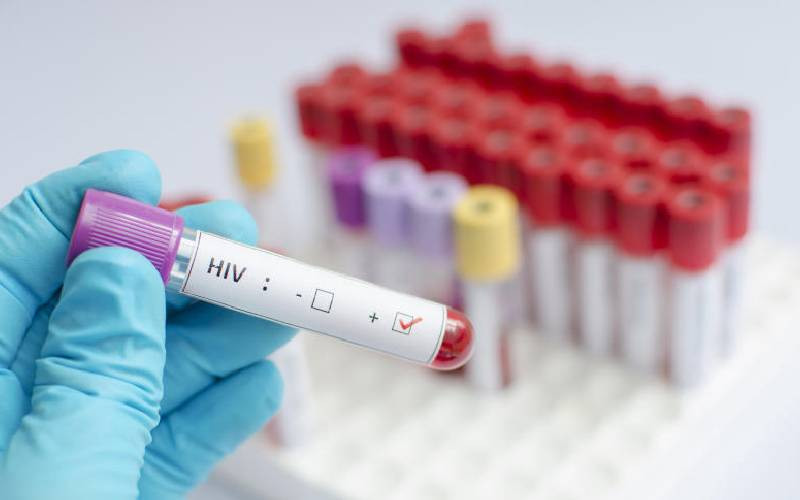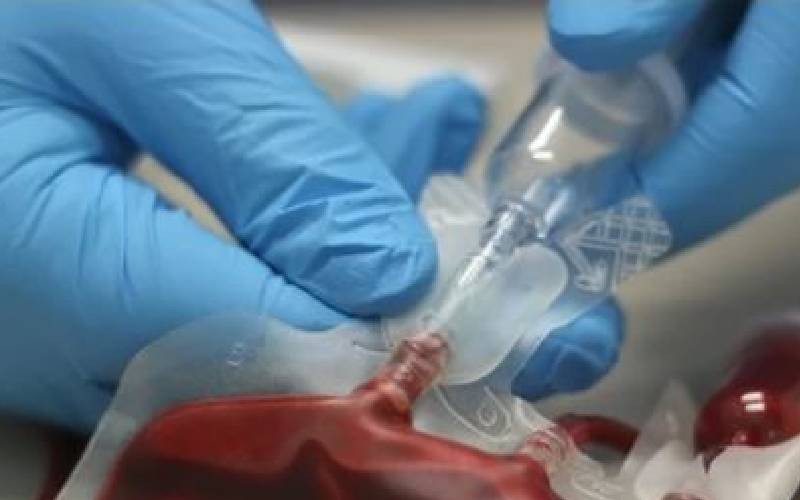
Despite the major advancements in HIV management, the global burden of HIV remains high with women continuing to bear the brunt of the epidemic. According to UNAIDS, globally, women accounted for 46 per cent of new HIV infections in 2022. In sub-Saharan Africa, women and girls of all ages accounted for 63 per cent of all new HIV infections. In Kenya, statistics indicate that HIV prevalence among women is twice that of men. The 2023 HIV estimates by National Syndemic Diseases Control Council shows that out of the 427 new infections that are recorded in the country every week, 62 occur among adolescents aged 10 to 19 years. This data has raised concerns over the changing HIV transmission dynamics.
No single HIV prevention method can stop the HIV epidemic because no product is right for everyone. Every person has unique needs. Some of the existing biomedical HIV prevention methods include male and female condoms, HIV testing (including self-testing kits) and oral PrEP. While condom offers dual protection, it’s use by women is faced with challenges of inconsistency and incorrect use due to existing inequalities that subject women to stigma, inability to negotiate for use and intimate partner violence. Oral PrEP was approved by the Pharmacy and Poisons board in 2015 and rolled out nationally in 2017. Its uptake has been slow with Kenya not meeting the projected target of 100,000 people initiated per year. This has been due to low access to information and high stigma associated with taking PrEP. Since 2017, a total of 358,310 initiations
To cater for the diverse needs of those vulnerable to HIV infection, other HIV prevention products have been developed. The monthly dapivirine ring which is the first-ever woman-initiated HIV prevention method, is a flexible silicon ring that releases ARV drugs for 28 days. The ring is approved in Kenya, South Africa, Uganda, Zambia and Zimbabwe. The injectable PrEP (cabotegravir) is the first long-acting injectable form of PrEP. It is recommended by WHO as part of combination HIV prevention. Countries that have registered cabotegravir for use are Zimbabwe, Malawi, Botswana, Brazil, USA and Australia.
Women, adolescents and young people often express greater fear of pregnancy than HIV. Technologies that offer dual benefits preventing both HIV and unintended pregnancies can provide comprehensive prevention options and care that aligns with women and young people’s unique sexual reproductive health vulnerabilities. A range of multipurpose products preventing HIV, other STIs and pregnancy including long-acting injections, implants, and on demand vaginal rings have also been invented. Some of them are in the pipeline awaiting testing for clinical trials and approvals.
Women and girls in sub-Saharan Africa have shown enthusiasm for the new HIV prevention technologies and would want governments to adopt them and allocate funds that will ensure scalability of these products to every person in need. Since Kenya has approved and launched the dapivirine ring, the government should utilise both local and global studies to influence its wide adoption. There has been delay in approving the injectable PrEP in Kenya. This delay may slow down collection of necessary evidence for scale up. The government should hasten the approval of injectable PrEP and set up clear structures to expedite approval for future products.
To ensure acceptability and scalability of new HIV prevention technologies, lessons from HIV prevention products such as oral PrEP should be harnessed and be used to inform roll out and implementation. There is need to adopt a human-centered approaches in roll out to increase community acceptance, reduce stigma for use and provide an opportunity for learning by the community. Important to note is, HIV prevention products are for everyone. One of the challenges of oral PrEP demand creation is that it was initially targeted at a specified population that was at a high risk of HIV. This limited its use by promoting stigma and restricting its use by people who experienced unique individual risks such as adolescent girls and young women who had infrequent sex with multiple partners for monetary benefit. These people might not consider themselves to be at risk. They might also consider sex worker label to be stigmatising and therefore fail to go for prevention services.
- Mother-to-child HIV transmission high at 8.3 per cent
- 'Herbal' pee: For three years, I drank urine to 'cure' HIV
- New study confirms HIV preventive drug PrEP to be 99 per cent effective
- Resolve HIV funding stalemate before September 30 deadline
Keep Reading
To increase uptake of HIV prevention methods, the Health ministry and other key stakeholders must diversify HIV prevention and care access points by reviewing HIV information and product and diversify them beyond Comprehensive Care Clinic at the facility level. These will not only reduce stigma but also facilitate integration of HIV prevention into other sexual reproductive needs of a women. Integration will also increase demand for PrEP by identifying other potential users and increasing adherence facilitated by provider recommendation.
The Health ministry should train healthcare providers on new HIV prevention technologies and products. Choice counselling to help users identify products that work for them will be critical. Self-care approaches in HIV prevention new technologies will address health challenges such as limited infrastructure, human resources, stigma, and enhance convenience for users.
What women want are diversified programmes that have diverse HIV preventions methods tailored to meet their unique needs. Providing a wide range of HIV prevention methods empowers women to take control over their lives. I call upon governments and key stakeholders to increase investment in the new HIV prevention technologies to address individual, interpersonal and structural challenges that hinder the full utilisation of these products.
 The Standard Group Plc is a multi-media organization with investments in media platforms spanning newspaper print
operations, television, radio broadcasting, digital and online services. The Standard Group is recognized as a
leading multi-media house in Kenya with a key influence in matters of national and international interest.
The Standard Group Plc is a multi-media organization with investments in media platforms spanning newspaper print
operations, television, radio broadcasting, digital and online services. The Standard Group is recognized as a
leading multi-media house in Kenya with a key influence in matters of national and international interest.











